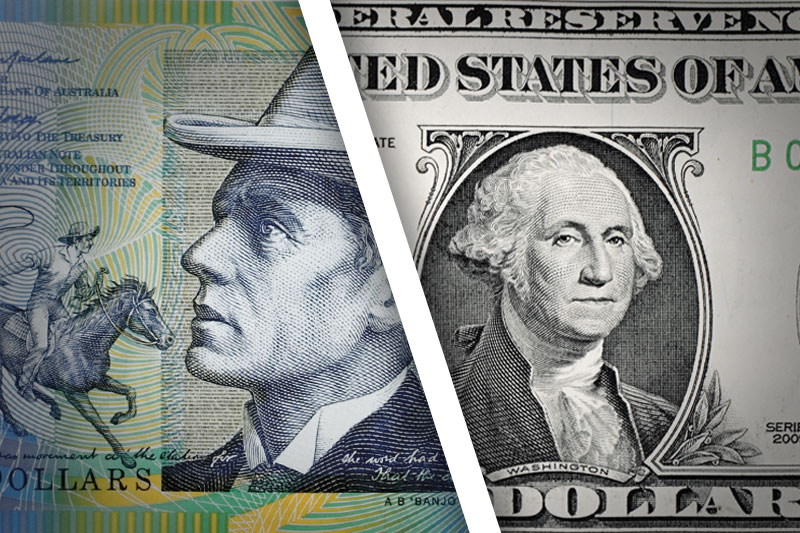Investing.com’s stocks of the week
Investing.com - The Australian dollar resumed its downtrend against its U.S. counterpart during Wednesday’s Asian session amid market chatter about falling iron ore prices.
In Asian trading Wednesday, AUD/USD fell 0.33% to 0.9033. The pair was likely to find support at 0.8999, the low of July 12 and a three-year low and resistance at 0.9287, Monday's high.
Chinese import iron ore currently trades around USD131 per ton in the spot market, but Goldman Sachs sees that price falling to USD108 per ton next year as seaborne iron ore moves to oversupply. Analysts believe spot iron ore could average USD126 per ton this year, a four-year low.
Goldman said major Australian miners such as BHP Billiton and Rio Tinto could remain profitable even with lower margins. However, small miners could be crushed by declining margins.
Australia’s multi-year mining boom, widely expected to end this year, has been driven in large part by iron ore demand from China, Australia’s largest export. That demand helped make the Aussie one of the best-performing currencies against the greenback over the past several years.
However, times change, and the Aussie is this year’s second-worst performing developed market currency behind the Japanese yen.
On Tuesday, official data showed that building approvals in Australia dropped 6.9% in June, confounding expectations for a 2.3% rise, after a 4.3% decline the previous month.
The Aussie also came under pressure after RBA Governor Stevens said second-quarter inflation data suggests that there is still room to lower interest rates if necessary and that he wouldn't be surprised if the currency dropped further.
Elsewhere, AUD/JPY fell 0.30% to 88.63 while AUD/NZD dropped 0.22% to 1.1326.
In Asian trading Wednesday, AUD/USD fell 0.33% to 0.9033. The pair was likely to find support at 0.8999, the low of July 12 and a three-year low and resistance at 0.9287, Monday's high.
Chinese import iron ore currently trades around USD131 per ton in the spot market, but Goldman Sachs sees that price falling to USD108 per ton next year as seaborne iron ore moves to oversupply. Analysts believe spot iron ore could average USD126 per ton this year, a four-year low.
Goldman said major Australian miners such as BHP Billiton and Rio Tinto could remain profitable even with lower margins. However, small miners could be crushed by declining margins.
Australia’s multi-year mining boom, widely expected to end this year, has been driven in large part by iron ore demand from China, Australia’s largest export. That demand helped make the Aussie one of the best-performing currencies against the greenback over the past several years.
However, times change, and the Aussie is this year’s second-worst performing developed market currency behind the Japanese yen.
On Tuesday, official data showed that building approvals in Australia dropped 6.9% in June, confounding expectations for a 2.3% rise, after a 4.3% decline the previous month.
The Aussie also came under pressure after RBA Governor Stevens said second-quarter inflation data suggests that there is still room to lower interest rates if necessary and that he wouldn't be surprised if the currency dropped further.
Elsewhere, AUD/JPY fell 0.30% to 88.63 while AUD/NZD dropped 0.22% to 1.1326.
